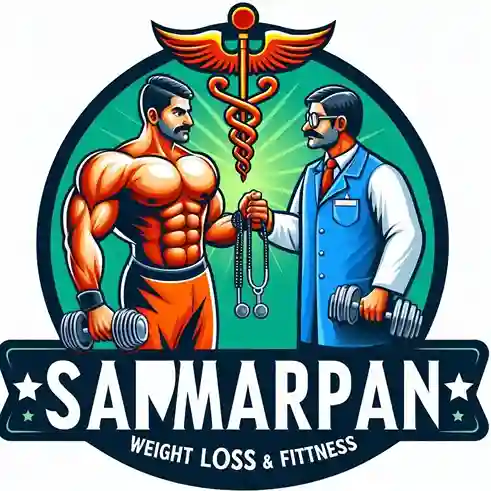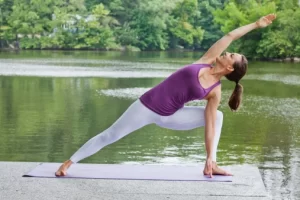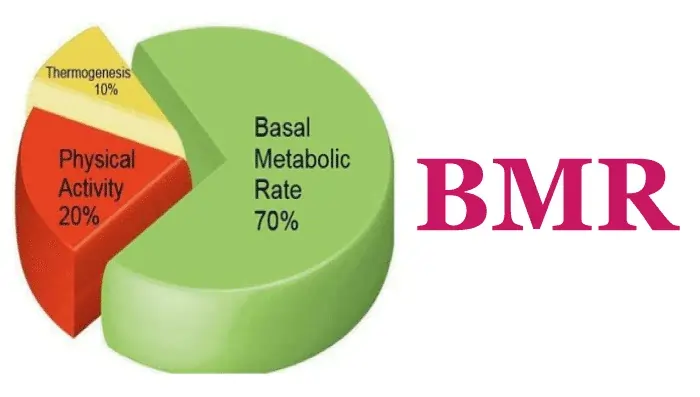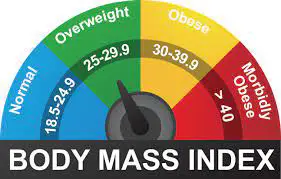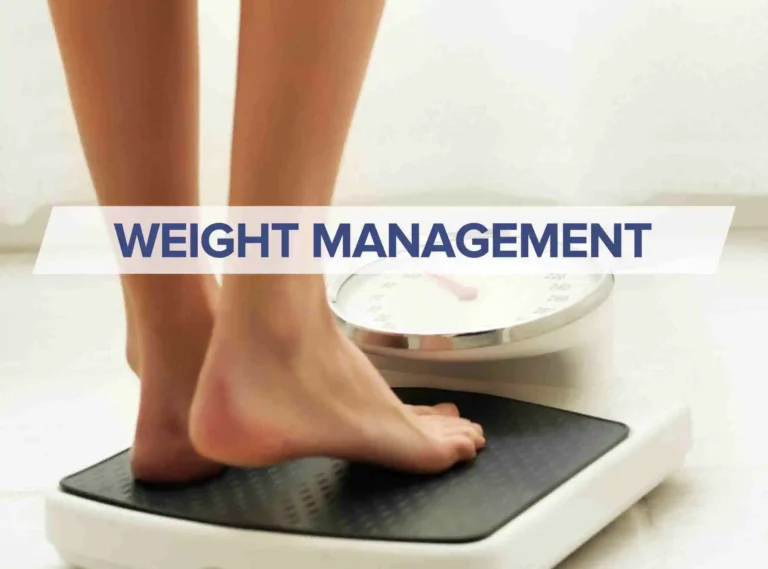Utthita Parshvakonasana (Extended Side Angle Pose)
What is Utthita Parshvakonasana (Extended Side Angle Pose)?
Extended Side Angle Pose, or Utthita Parshvakonasana, is a standing yoga pose that blends flexibility, strength, and balance.
The legs spread out in Uttana Padmasana. This phrase comes from the Sanskrit words asana, which means “posture” or “pose,” pada, which means “leg” or “foot,” and uttana, which means “intense stretch.”
Stretch your hands over your head while lying backside down on the ground to get into the posture. With the toes pointed toward the ceiling, hold the feet firmly together at the arches. However, if necessary, retain the torso on the ground level, raise both legs in the air with an inhalation, and allow the lower back to arch slightly. It is recommended to fold the chin towards the neck.
If possible, carefully lower the head to touch the ground floor while raising the torso off the floor to the desired level for the progressive practice of this posture. Hold the legs straight and together while maintaining a relaxed breath for as long as possible for both the beginner and advanced variations of this posture (don’t turn the knees). Exhale and drop to the ground, lowering the legs and, if doing the progressive form, the upper body.
In English, uttana padasana is even referred to as the “raised legs pose.”
Which muscles are used in Utthita Parshvakonasana?
- Quadriceps
- Hamstrings
- Glutes
- Calves
- Inner Thighs (Adductors)
- Hip Flexors
- rectus abdominis
- obliques
- erector spinae
- deltoids
- rotator cuff
- pectoralis major and minor
- Triceps
- Biceps
What are the Health Benefits of Utthita Parshvakonasana?
- lessens back pain.
- makes the legs stronger.
- lessens the discomfort of menstruation.
- can alleviate the symptoms of sciatica.
- aids athletes in toning their hamstrings and calves.
- aids in shoulder, arm, and chest muscle expansion.
- This gives the body a boost of energy and enhances breathing.
- Joint flexibility and range of motion are enhanced by this position.
- By stimulating the stomach’s organs, this stance aids with digestion.
How to do Utthita Parsvakonasana?
- Put your right leg forward to start in the Warrior II position.
- Make sure your back arch and front heel are in line by using the Central Line.
- Reach your right arm forward while maintaining a bent front knee.
- With your right palm facing up and your fingers glowing, place your right forearm on top of your left thigh.
- You can also bring your right hand (palm flat or on fingertips) to a block or the floor within your right foot if it doesn’t interfere with your chest’s ability to rotate freely.
- Make sure your left arm is parallel to the floor by lowering it over your left ear.
- Throughout, continue to ground in your left foot.
- Take a few breaths and then hold the pose on the opposite side.
Utthita Parshvakonasana video:
What are the Beginners’ Tips for Utthita Parsvakonasana?
- Continue using both feet to press the floor away until your spine feels lighter.
- Place a block or put your arm on the leg if necessary.
What are the Modifications of Utthita Parshvakonasana?
Need a Modification?
As long as your chest is open, look to the side or even down on your mat if you have a neck problem and find that looking at your upper arm causes neck pain.
If your hand doesn’t naturally reach the ground floor, use a block underneath it.
Up for a Challenge?
Elevate your right arm off the ground. such that both arms sweep toward the room’s exterior and frame your gaze.
Behind your back, place your left arm. To perform a half-bind, wrap your left fingertips around your right side and grasp the inside of your right thigh. Lifting your right hand off the floor to meet your left hand after your back will allow you to go for the full bind if that feels more comfortable.
What are the Variations of Utthita Parshvakonasana?
- Bound Side Angle Pose (Baddha Parsvakonasana)
- Revolved Side Angle Pose (Parivrtta Parsvakonasana)
1. Bound Side Angle Pose (Baddha Parsvakonasana)
How to do Bound Side Angle Pose?
- Lower your left arm behind your back while in the Extended Side Angle position.
- Raise your right hand off the ground and keep it under your right leg.
- Using the traction, open your torso toward the ceiling while holding your left wrist with your right hand.
- Make sure your right knee is higher than your right ankle.
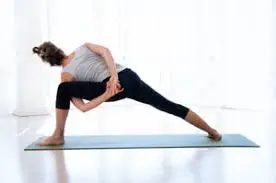
2. Revolved Side Angle Pose (Parivrtta Parsvakonasana)
How to do a Revolved Side Angle Pose?
- As you twist to the right from Warrior II, bring your left elbow to the outside of your right knee by leaning forward.
- Bring your hands to Anjali Mudra and deepen your rotation by using the traction between your right thigh and left arm, then bring your hands to the heart center.
- Direct your attention upwards.
- Keep your right knee stacked
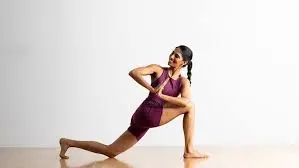
What are the Contraindications for a Parivrtta Parsvakonasana?
- Insomnia
- Headache
- Neck injury
- Shoulder injury
- High blood pressure
- Low Blood pressure
- Migraine.
- Weak joints or joint pain
- Experience nervous system disorders
Conclusion
It is even possible to understand Utthita Parsvakonasana as an Extended Side Angle Posture. With its deep spinal twist, this is one of the most difficult upright poses. In some forms of contemporary yoga, it is a key position.
FAQs
What are the benefits of Utthita Parsvakonasana?
lessens back pain.
makes the legs stronger.
lessens the discomfort of menstruation.
can alleviate the symptoms of sciatica.
aids athletes in toning their hamstrings and calves.
aids in shoulder, arm, and chest muscle expansion.
Who should avoid parsvakonasana?
individuals with problems related to either high or low blood pressure. those who have recently had injuries to their arms, hips, spine, neck, shoulders, or torn hamstrings. those suffering from heart conditions. people who suffer from migraines or persistent headaches.
How do you feel after performing Utthita Parsvakonasana?
It benefits the legs, groin, chest, lungs, ankles, spine, shoulders, and abdomen by stretching out a variety of body components.
This position stretches the muscles in the groin, abdomen, lungs, chest, and waist while strengthening the knees, ankles, and legs.
What is the proper foot alignment for Utthita Parsvakonasana?
Your right foot should be at a 45-degree angle, while your left foot is pointing forward. Firmly plant both feet on the mat. Pull your wrists away from your body and bring your arms to your sides at shoulder level. Make a 90° angle with your lower leg by bending your left knee and bringing your left thigh parallel to the floor.
What is the meaning of Utthita Parsvakonasana?
The side stretch known as Utthita Parsvakonasana is upright. This phrase comes from the Sanskrit words asana, which means “posture” or “pose,” pada, which means “leg” or “foot,” and uttana, which means “intense stretch.”
References:
- Extended Side Angle Pose Yoga (Utthita Parsvakonasana) | Yoga Sequences, Benefits, Variations, and Sanskrit Pronunciation | Tummee.com. (2018, August 15). Tummee.com. https://www.tummee.com/yoga-poses/extended-side-angle-pose
- EkhartYoga. (2020d, November 6). Extended Side Angle Pose – Ekhart Yoga. Ekhart Yoga. https://www.ekhartyoga.com/resources/yoga-poses/extended-side-angle-pose
- Umel, A. U. (2024, March 8). How to Do Extended Side Angle Pose (Utthita Parsvakonasana). Liforme. https://liforme.com/blogs/blog/extended-side-angle-pose-utthita-parsvakonasana
- Utthita Parsvakonasana (Extended Side Angle Pose). (n.d.). MyYogaTeacher. https://myyogateacher.com/yoga-asana/utthita-parsvakonasana
- JanviMangukiya, J. (2024k, November 2). Utthita Parshvakonasana (Extended Side Angle Pose) – Steps. Mobile Physiotherapy Clinic. https://mobilephysiotherapyclinic.in/utthita-parshvakonasana-extended-side-angle-pose/
